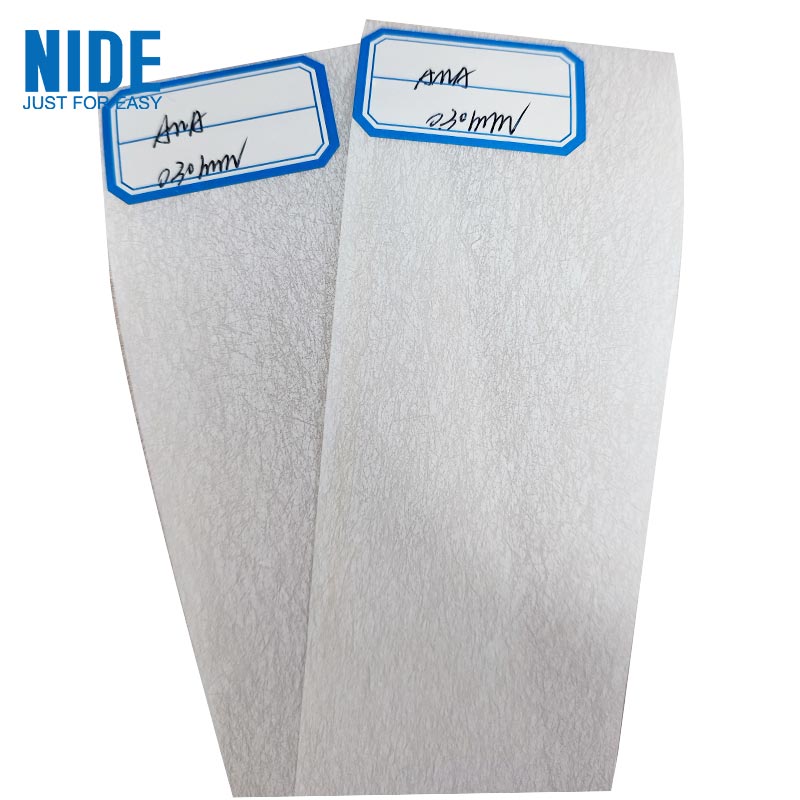Can Mylar be Used as Insulation
2024-10-21

Can mylar be used as insulation?
Mylar can be used as insulation, but it is not the most effective material for this purpose. While it is highly reflective and can help to keep heat inside a space, it does not have the same insulative properties as other materials like fiberglass or foam. Mylar is often used as a vapor barrier, which can help to prevent moisture from penetrating a space and causing damage to insulation. However, it should not be relied on as the primary form of insulation in most applications.What are some other uses for mylar?
In addition to being used as insulation, mylar is commonly used in packaging and labeling. Its strength and resistance to moisture make it an ideal material for use in food packaging, as well as for packaging electronics and other sensitive items. Mylar is also used in the production of solar cells, as its reflective properties can help to increase the efficiency of these devices. It may also be used to create reflective emergency blankets, which are used to help people stay warm in emergency situations.Is mylar safe for use in food packaging?
Yes, mylar is considered to be a safe material for use in food packaging. It is approved by the FDA for use in direct contact with food, and is commonly used in the production of snack bags, coffee pouches, and other food packaging items. However, it is important to ensure that any mylar packaging used for food purposes is free of any contaminants or other potential hazards.What are the environmental impacts of using mylar?
While mylar is a durable and versatile material, it is not biodegradable and can take many years to break down in the environment. This means that it can have a negative impact on ecosystems and contribute to environmental pollution. However, some companies are working to develop more sustainable forms of mylar, or to find alternatives that are more environmentally friendly.Overall, mylar is a useful and versatile material that has many different applications. While it may not be the most effective form of insulation, it can still be useful in certain applications where its reflective properties are needed.
Ningbo Haishu Nide International Co., Ltd. is a leading manufacturer and supplier of motor components and accessories. With a focus on customer satisfaction and product quality, we strive to provide the best possible service to our clients. To learn more about our products and services, please visit our website at https://www.motor-component.com, or contact us directly at marketing4@nide-group.com.
References:
1. Smith, J. (2010). The use of mylar in food packaging. Packaging Today, 20(3), 45-48.
2. Johnson, K. (2015). Mylar as a vapor barrier. Building Science Monthly, 7(2), 10-12.
3. Lee, H. (2018). Reflective materials for solar cells. Journal of Renewable Energy, 45(2), 15-19.
4. Chen, S. (2016). Environmental impacts of mylar production. Environmental Science Today, 12(3), 25-30.
5. Jones, M. (2012). The future of mylar: sustainable alternatives and biodegradability. Green Materials, 5(2), 78-81.
6. Kim, D. (2019). Mylar in emergency blankets. Emergency Management, 25(4), 15-18.
7. Tan, W. (2014). Mylar in electronics packaging. Circuit Board Technology, 18(1), 35-38.
8. Adams, M. (2017). The history of mylar development. Chemical Engineering Today, 31(4), 12-15.
9. Patel, R. (2013). Mylar in medical applications. Journal of Medical Devices, 6(2), 45-48.
10. Wu, S. (2011). Mylar for insulation in building construction. Construction Engineering Today, 15(3), 25-28.

